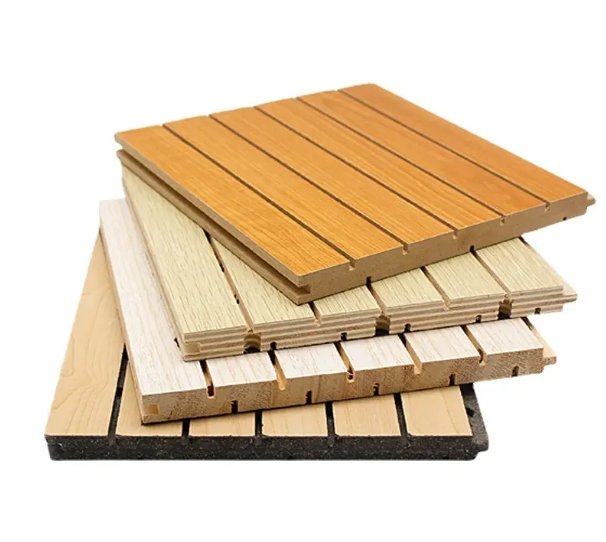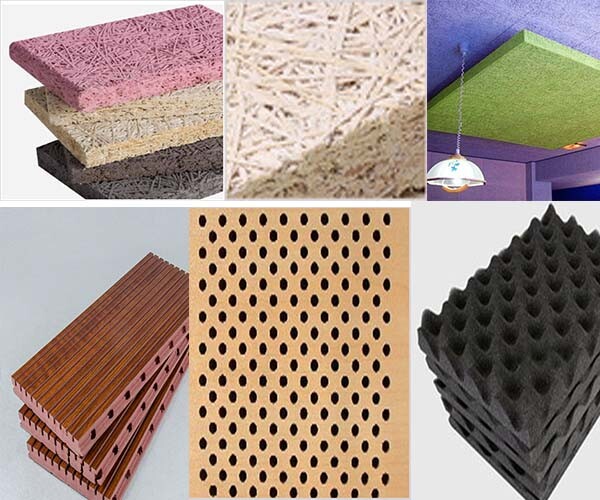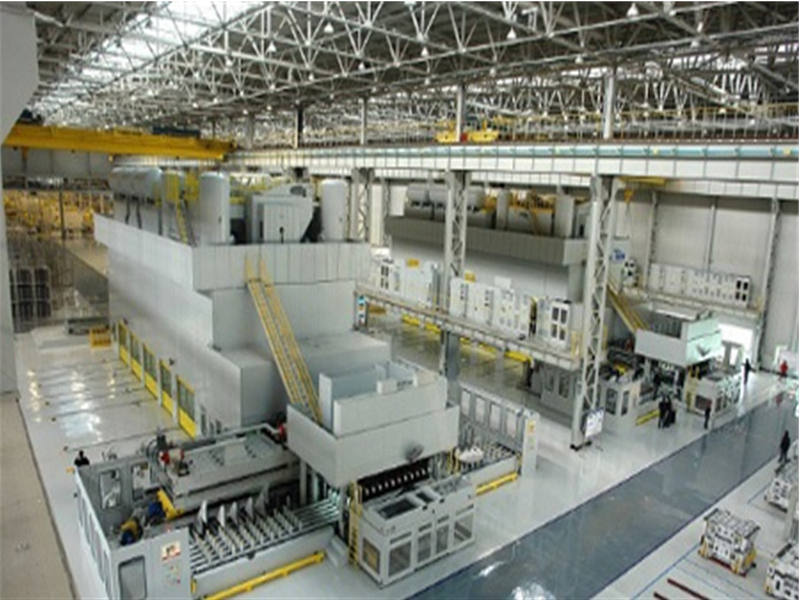
NEWS
Categories List
Sound insulation materials: usually materials without gaps, such as steel plates, wooden boards, gypsum boards, brick walls, etc. The sound insulation effect depends on the surface density of the material. The larger the surface density, the better the sound insulation effect. Therefore, compared with wooden boards of the same thickness, the sound insulation effect of steel plates is much better than that of wooden boards.
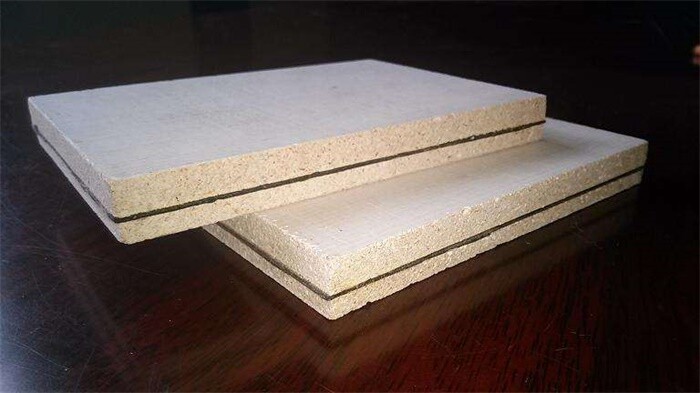
So, does it mean that to achieve good sound insulation, we have to increase the thickness of the steel plate infinitely? In that case, it will be heavier and more expensive in engineering. Therefore, acoustic scientists have come up with many ways to combine different lightweight materials in different ways to achieve better sound insulation. For example, a 5CM thick sound-absorbing cotton is placed in the cavity between two layers of wood, and the sound insulation effect achieved is equivalent to that of a 3MM thick steel plate.
Sound-absorbing material: usually a material with holes, and in special cases, a thin plate material without holes. When sound waves reach the surface of the sound-absorbing material, the sound energy generates friction vibrations in the air in the gap of the sound-absorbing material, converting the sound energy into heat energy and consuming it. A good sound-absorbing material can only absorb a few decibels, but an ordinary sound-insulating material can achieve a sound insulation effect of several tens of decibels.
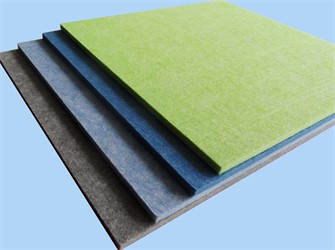
In engineering, the goals and focuses of sound-absorbing materials and sound-insulating materials are different. The goal of attraction treatment is to reduce the repeated reflection of sound in the room, that is, to reduce the reverberation sound in the room and shorten the duration of the reverberation sound, that is, the reverberation time; in the case of continuous noise, this reduction is manifested as a reduction in the indoor noise level, which is for the sound source and sound-absorbing materials in the same building space. As for the sound transmitted from the adjacent room, the sound-absorbing material also plays an attractive role, which is equivalent to increasing the sound insulation of the enclosure structure.
Sound-insulating materials isolate the propagation of noise from the sound source room to the adjacent room, so that the adjacent room is not disturbed by noise. It can be seen that the effect of isolating noise using sound-insulating materials or sound-insulating structures is much higher than the noise reduction effect of using sound-absorbing materials. However, the unique role of sound-absorbing materials is more reflected in the ability to shorten and adjust the indoor reverberation time, and no other material can replace it. There is an essential difference between sound absorption and sound insulation, but in the specific application of noise reduction engineering, they are often combined together and play an extraordinary noise reduction effect.
Leave A Reply

Get in Touch
*We respect your confidentiality and all information are protected.
